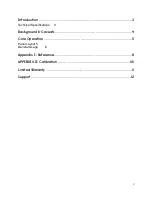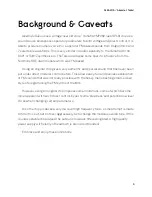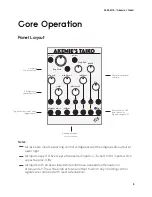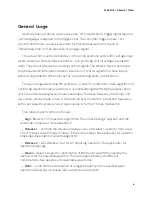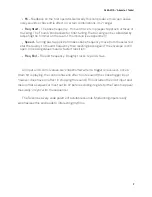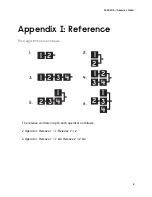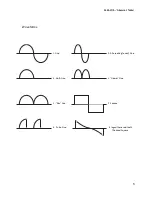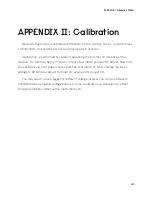
ALM-015 - ‘Akemie’s Taiko’
Background & Caveats
Akemie’s Taiko uses a vintage ‘new old stock’ Yamaha YMF262 (aka OPL3) chip as a
sound source and exposes operator parameters to both voltage and direct control. It is
able to produce multiple voice 2 or 4 operator FM based sounds from 6 algorithms and
7 selectable waveforms. This is very similar in audio capability to the Yamaha DX100,
DX21 or TX81Z synthesisers. The Taiko also takes some specific influence from the
Simmons SDE drum module which was FM based.
Using an original chip gives a very authentic and special sound that has never been
put under direct modular control before. This allows easy, fun and painless exploration
of FM sounds that was not really possible with the heavy, menu bashing small-screen
style of programming the FM synths of the 80s.
However, using an original chip imposes some limitations, some of which become
more apparent with such direct control. Expect some ‘stepiness’ and potential low level
clicks when changing certain parameters.
Also the chip produces a very low level high frequency tone - some attempt is made
to filter this out, but not over aggressively as to change the modules overall tone. If this
is unacceptable it is advised the output is low pass filtered or gated. A high quality
power supply with plenty of headroom is also recommended.
Embrace and enjoy these limitations.
!
4


